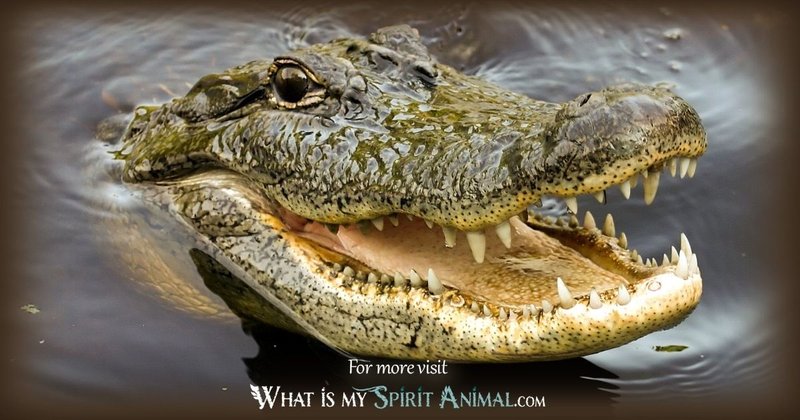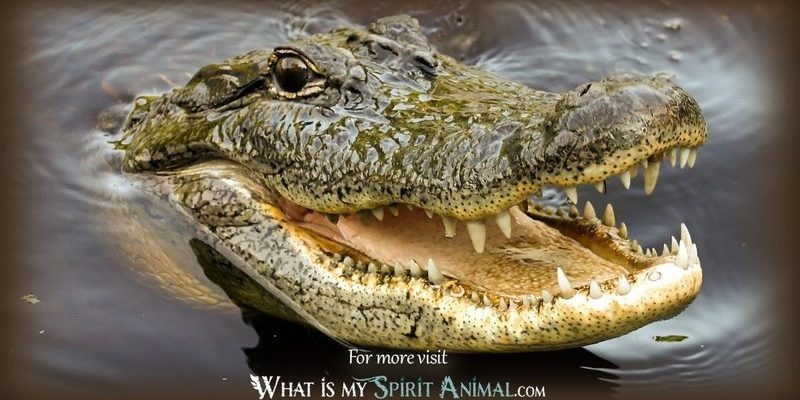
But what makes the American crocodile so special? Well, aside from its impressive size and role in the ecosystem, it holds considerable cultural significance. In some communities, it symbolizes the balance between nature and humanity. In others, it represents danger and the power of the wilderness. As we dive into this topic, let’s explore how this fascinating reptile has made a mark on various cultures and what it symbolizes today.
The American Crocodile’s Habitat and Characteristics
To truly appreciate the importance of the American crocodile, it helps to know a bit about where it lives and what it looks like. Found mainly in coastal areas, estuaries, and freshwater habitats from Florida to Central America, the American crocodile is a powerful predator. It can grow up to 13 feet long and has a distinct, elongated snout, which sets it apart from its alligator cousins.
These crocodiles are opportunistic hunters, often lurking just below the water’s surface. Imagine watching a movie where the hero lies in wait, poised for the perfect moment to strike. That’s the American crocodile for you—patient, strategic, and often misunderstood. Sadly, their population has been reduced due to habitat loss and hunting, making their role in ecosystems all the more important.
Characteristics That Captivate
Here are a few traits that make the American crocodile stand out:
- Coloration: Their olive brown and green skin helps them blend into their surroundings, making them effective hunters.
- Behavior: They are known for basking in the sun, which provides them with the energy they need to thrive.
- Diet: Being carnivorous, their diet includes fish, birds, and small mammals, showcasing their role as a top predator.
Understanding these characteristics isn’t just for wildlife enthusiasts—it gives insight into how humans view and interact with these creatures culturally.
Cultural Significance in Indigenous Traditions
The American crocodile has long held a place in the hearts and minds of various Indigenous cultures. For many, it symbolizes a connection to the land and the power of nature. In Mayan mythology, for instance, the crocodile is often seen as a representation of the underworld and the cycle of life and death. The Mayans believed that these powerful animals could traverse both land and water, serving as a bridge between different worlds.
Similarly, in some Caribbean cultures, the crocodile is revered for its strength and survival instincts. It embodies traits like perseverance and adaptability—qualities that many Indigenous communities strive to emulate.
Symbolism in Art and Storytelling
You might be wondering how this symbolism plays out in everyday life. Well, here’s a fun fact: Crocodiles often appear in art, pottery, and stories. They’re portrayed as guardians of water—essential resources in many cultures.
When artists create crocodile sculptures, they often highlight features that emphasize their power and majesty. This art serves more than just aesthetic purposes; it’s a way of passing down traditions and values. Through storytelling, cultures convey respect for this creature, enhancing its place in their heritage.
The American Crocodile in Modern Culture
Fast forward to today, and the American crocodile remains a prevalent symbol. You can find it in movies, literature, and even sports team mascots! For example, think about how crocodiles often appear in adventure films, where they represent danger and the unknown. They take center stage in thrilling scenes, showcasing their fierce nature in a way that captivates audiences.
In a broader sense, the crocodile serves as a reminder of the fragility of ecosystems. Many organizations now use the image of the crocodile to promote wildlife conservation, emphasizing the importance of protecting habitats and preserving the balance of nature.
Promotion of Conservation Efforts
In recent years, you might have noticed a growing effort to educate people about the American crocodile and its role in the environment. Here’s how:
– Wildlife Tours: Many eco-tours focus on crocodile habitat and conservation, teaching visitors about their importance.
– Educational Programs: Schools and wildlife organizations often run programs stressing the need to protect these unique reptiles and their habitats.
By showcasing the American crocodile in this way, communities help foster a sense of responsibility towards nature and conservation efforts.
Crocodiles and Symbolism in Myths Worldwide
It’s not just the Indigenous cultures of the Americas that hold the crocodile in high regard. Various myths worldwide feature crocodiles as symbols of creation, protection, and fear. In African folklore, for example, crocodiles are seen as guardians of the rivers, protective spirits of water.
This strong symbolic representation can be linked back to how different cultures perceive nature. Crocodiles, being formidable creatures, command respect and awe. It’s intriguing to consider how an animal can traverse various cultures and still maintain its powerful image.
Lessons on Balance and Respect
The significance of the crocodile often extends into broader lessons about balance and respect for nature. Many myths teach us about the consequences of disrespecting natural laws. For instance, if a village exploits river resources without regard for the crocodile, the story often suggests dire consequences.
This conveys an essential message: we must learn to coexist with nature, respecting its majesty. The crocodile embodies both danger and wisdom, offering valuable lessons that resonate even today.
The Future of the American Crocodile
Looking ahead, the American crocodile’s future depends on our actions today. With ongoing conservation efforts, it’s crucial to ensure their habitats are protected. Awareness is key; the more we understand the importance of these creatures, the more likely we are to support their protection.
Organizations and communities are working tirelessly to monitor populations and promote eco-friendly practices. For example, areas like the Florida Everglades serve as both a habitat and a sanctuary for these reptiles, reminding us of their significance in maintaining biodiversity.
Community Involvement
If you’re passionate about wildlife, here are a few ways you can get involved:
– Volunteer with conservation groups that focus on protecting habitats.
– Participate in community education programs to learn and share information about the crocodile’s importance.
– Support eco-friendly tourism that prioritizes wildlife education and conservation.
Every small action counts. By coming together, we can contribute to a healthier planet for all creatures, including the remarkable American crocodile.
The American crocodile is more than just a fearsome predator; it’s a powerful symbol with deep roots in culture and symbolism. From Indigenous beliefs to modern conservation efforts, these reptiles represent resilience, strength, and the delicate balance of ecosystems.
Understanding their importance helps us appreciate the interconnectedness of life. As we admire the crocodile’s majesty, let’s also commit to preserving its legacy for future generations. After all, every creature plays a role in the intricate tapestry of our planet, and the American crocodile is a vital thread in that story.

